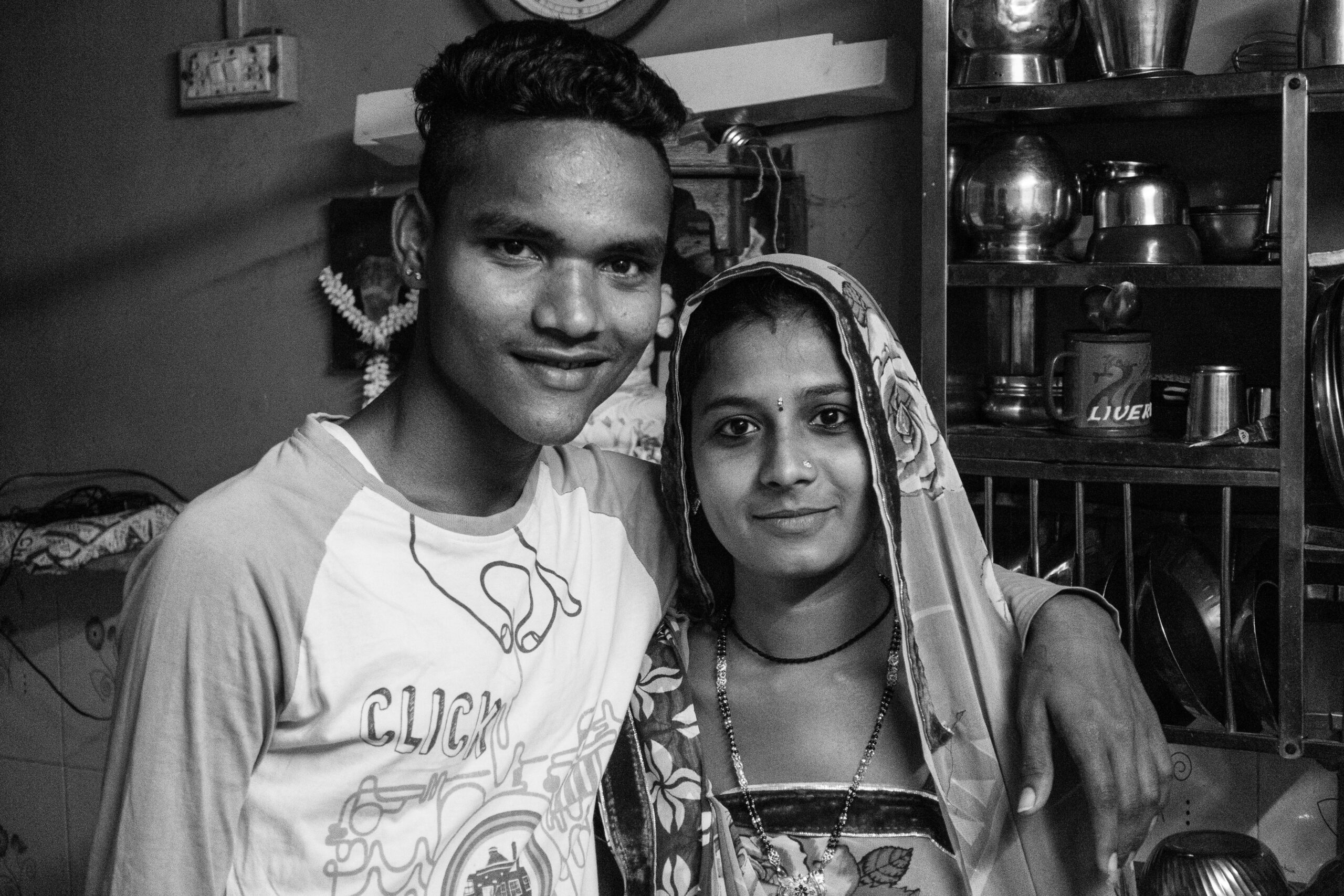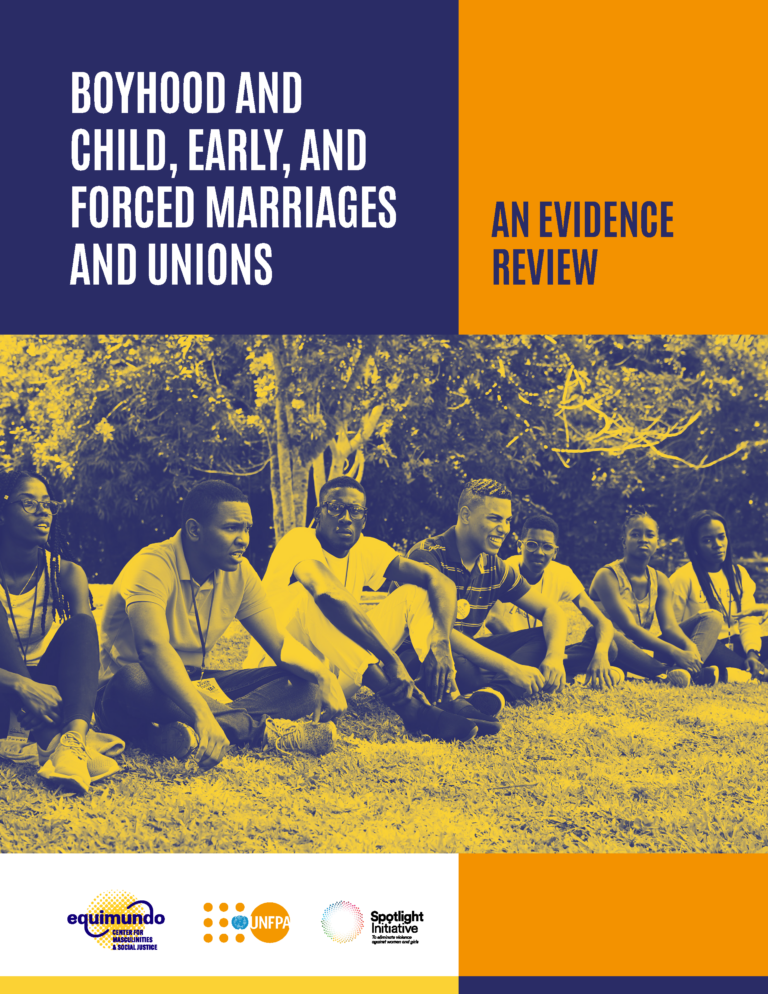Work on changing gender inequality is inspirational, but it is hard to get away from the jargon sometimes, and explain how powerful it is to people not working in our field. Could you explain it to someone in your family? A neighbor? Let’s see if we can explain in commonsense and compelling language why working with boys and men to end child marriage is so important, as presented in our recent report “Boyhood and Child, Early, and Forced Marriages and Unions: An Evidence Review,” in partnership with UNFPA.
We are all subject to the influence of norms, the expectations of everyone around us for how we behave, and our own expectations. These “invisible guardrails” are effective at making us do certain things, avoid others, and form opinions about what is good and bad, right or wrong.
Research has found that child marriage is a harmful practice that often takes girls – and some boys – out of school at an early age, separates them from their families, and often subjects them to heavy labor, the risk of early pregnancy and delivery, and intimate partner violence. The families of girls who marry as children would identify the good things they see of this norm, which they value as a way of ensuring girls’ virginity outside of marriage and guaranteeing girls’ futures in their marital households.
Marriage is a near universal experience for women, with over 90% eventually marrying; the percentage of women who had not married by age 45-49 rose only from 3.1% in 1990 to 4.3% in 2010. The marital home is the place where women (and men) spend most of their years of life, making it important to ensure a healthful and safe environment. Ideally, married life would not start before a person has finished school or job training, or before their body is mature; and you’d want to be sure that the young woman and her husband had the understanding and skills to care for and be generous toward each other.
“Why shouldn’t we prepare boys for the most demanding and long-lasting job of their entire lives: being husbands?”
Since marriage involves two people, and since boys and men often have more power in the relationship, and in the decisions about when women in their households marry , they need to be a part of work to prevent child marriage. Equimundo’s new review on working with boys and young men to end child marriage showed that few programs target boys with strong messages about gender equality or prepare them to be loving, equitable and supportive partners. The review also showed that programs are concentrated in South Asia and Sub-Saharan Africa (where most child marriage occurs but not all) and did not identify a single program to prevent the practice among boys and support child grooms.
By definition, what we call “gender-transformative programming” to benefit girls needs to work not just with them, but with those around them who contribute to upholding – and dismantling – harmful norms around child marriage. Because of this, the report recommends implementing coordinated “gender-synchronized” programming with girls, boys, men and women.
The second recommendation is that, like it or not, we need to talk more about sexuality, and to overcome the barriers to talking about it, given the central role that child marriage plays in controlling girls’ sexuality. When people don’t talk about something important, their silence becomes dangerous, sometimes leading them to actions based on assumptions about what the other person wants. Talking about sexuality will center young peoples’ desires, their autonomy, and their rights.
The International Day of the Girl Child’s focus on the theme, “our time is now – our rights, our future,” makes child marriage a logical focus of our work toward gender equality. War, displacement, Covid-19 and the climate crisis have created numerous stresses on the world’s poorest families and undermined girls’ rights. Achieving full rights for the world’s most vulnerable girls requires us to work with boys, girls, men and women to shift harmful social norms and practices, and to speak about sexuality and sexual rights and about the ongoing inequalities too many face.
Read our recent report “Boyhood and Child, Early, and Forced Marriages and Unions: An Evidence Review” here.
This blog post was authored by Margaret E. Greene, PhD, Equimundo Senior Fellow and Director of GreeneWorks.

